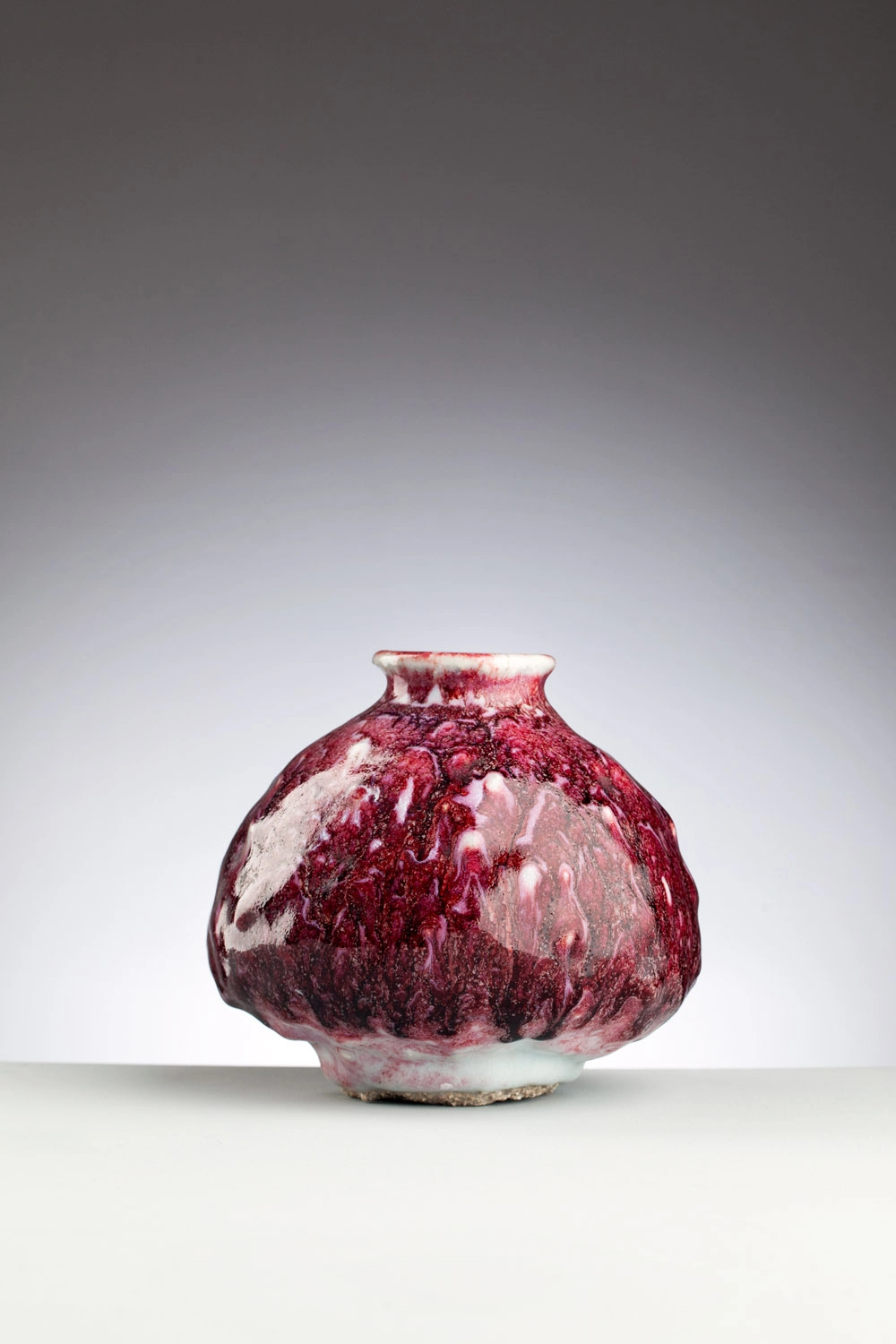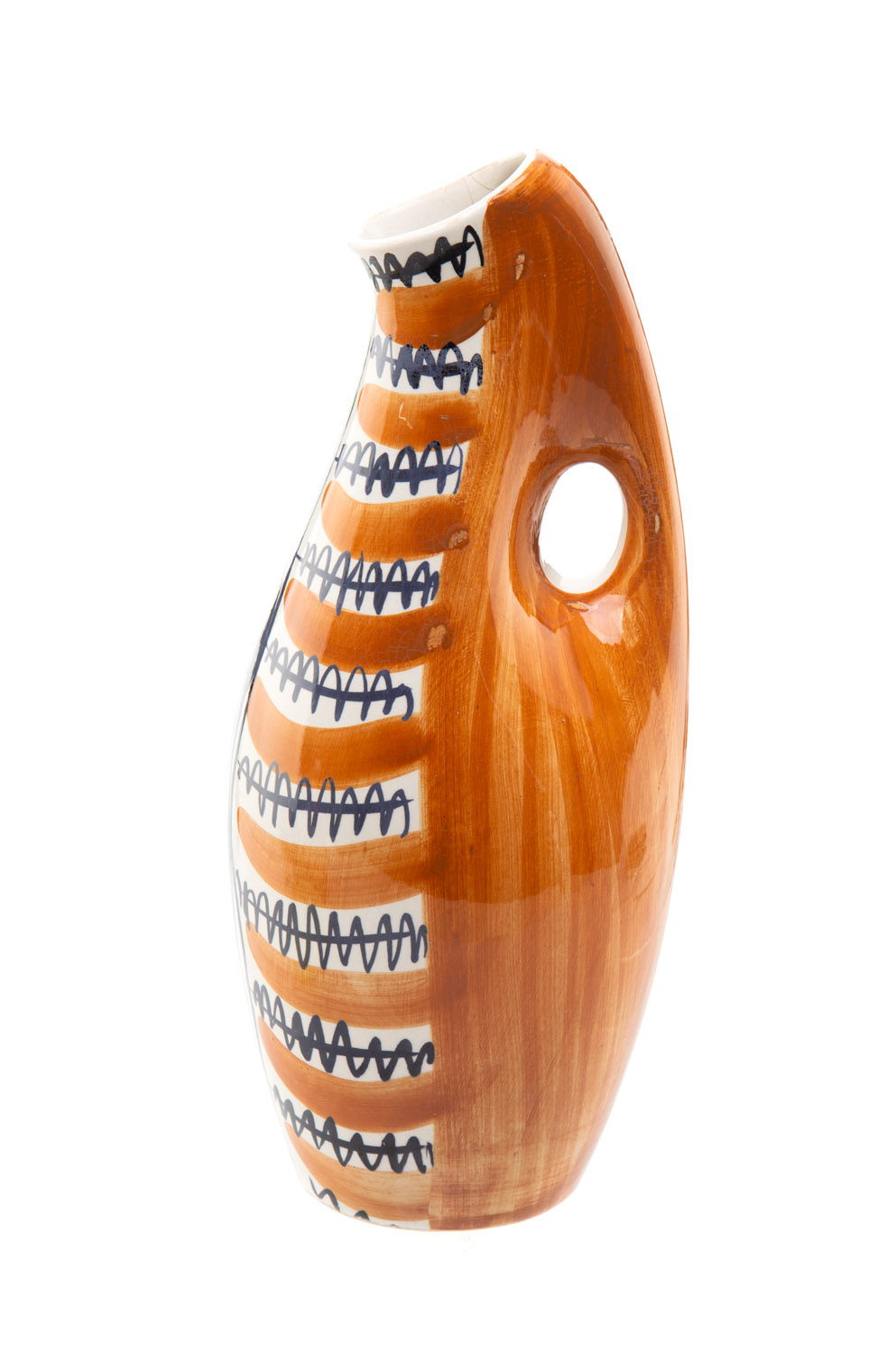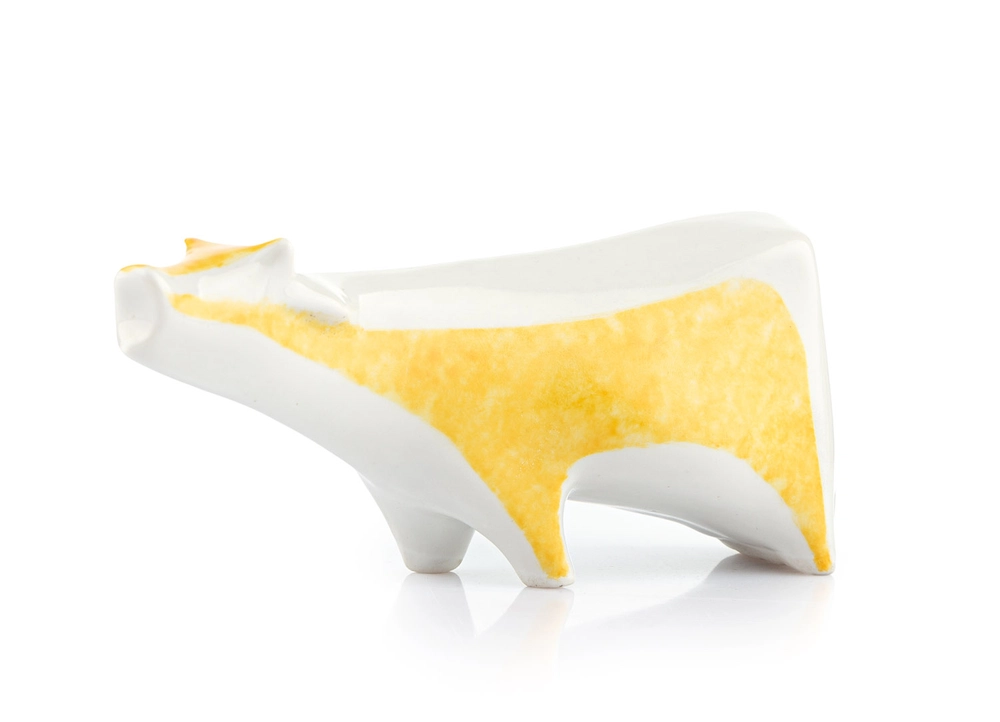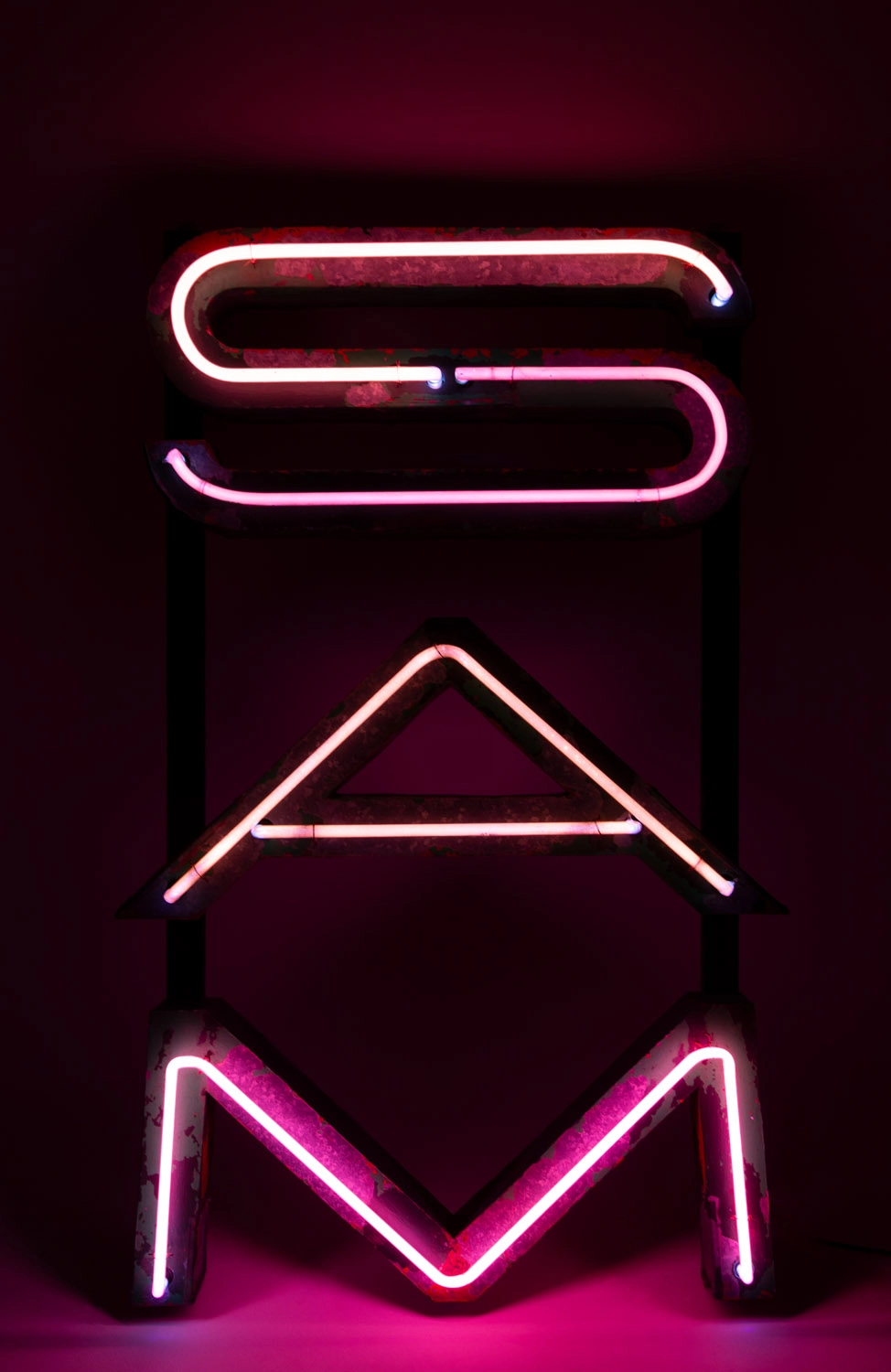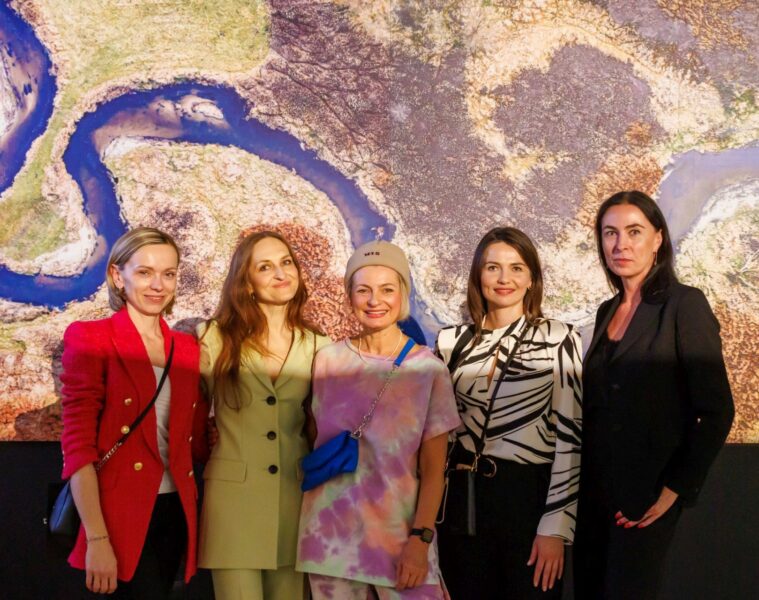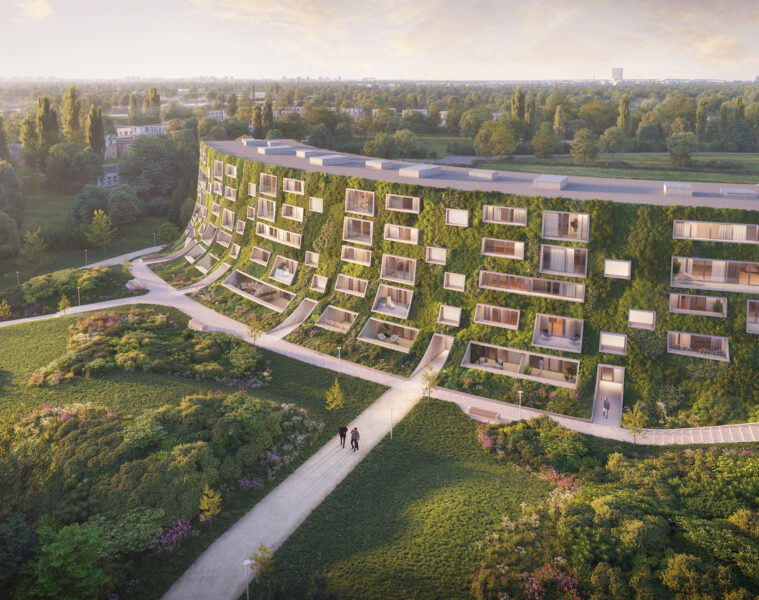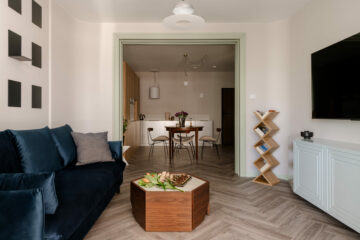DESA Unicum in Warsaw is hostingan exhibition entitled “Design. Struggle for Beauty”, at the same time the heroine of the first edition of DESA DESIGN DAYS this year was Wanda Telakowska – it was she who dictated the canon of beauty in post-war Poland. Through art, we will be transported to the country of the 1950s. The designs of utilitarian objects had to pass strict scrutiny before they were accepted for mass production. It was Wanda Telakowska who supervised them, following the principle that there should be beautiful objects in every home.
Poland, 1950s – the interiors are dominated by furniture and sofa beds. This is the image we often have of the aesthetics of communist-era homes. However, it was in those years that the most beautiful specimens of Polish handicrafts were created, supervised by Wanda Telakowska, a fine artist and long-time artistic director at the Institute of Industrial Design. At the IWP, she supervised design and research work, creatively prepared new designers – in a word, it was she who dictated the canon of beauty in post-war Poland. All designs of utilitarian objects had to be inspected and approved by IWP before production. The selection was made by a special commission, which decided what would later find its way into Polish homes. In her work, Wanda Telakowska made it a point of honour to have beautiful objects in every home. She used to say: “The art of juxtaposition is a manifestation of personal creativity, giving a sense of participation in the production of culture. It is participation in the struggle for beauty.”
Wanda Telakowska is an undisputed icon of Polish design. If it were not for her, we would not have, among other things, the beautiful figurines “Strongman”, “Wild Cat” or “Fudge”. More than one hundred and thirty designs were created during her work at the IWP, which were produced at porcelain factories in Ćmielów, Wałbrzych, Chodzież, Jaworzyna Śląska, Bogucice or the porcelain factory in Tułowice. Continuing the activities of the ‘Ład’ cooperative, IWP represented the canon of order and aesthetics under the motto of constant ‘struggle for beauty’, i.e. striving for the aesthetics of space and everyday life, says Weronika Roś, DESA Unicum expert and coordinator of the exhibition.
The exhibition “Design. The Struggle for Beauty” at DESA Unicum shows different views of designers on the creative process. It features as many as 150 objects, the largest group of which will be those from the 1950s-70s, distinguished by their abstract patterns, vivid colours and asymmetrical shapes.
Ład vases as stars of the exhibition
The model for the Institute of Industrial Design was the pre-war activities of the ‘Ład’ cooperative, which was characterised by a clear striving for perfection in form, raw material and workmanship. The exhibition will also feature vases created under the auspices of Ład, such as: a ceramic vase designed by Rudolf Krzywec or one resembling a pomegranate fruit, as well as textiles, including jacquards designed by one of the founders of the Ład Artists’ Cooperative, Lucjan Kintopf. In total, the exhibition features 7 vases by artists associated with Ład: in addition to Rudolf Krzywec, works by Irena Czajkówna and Kazimierz Holewiński are also worth noting.
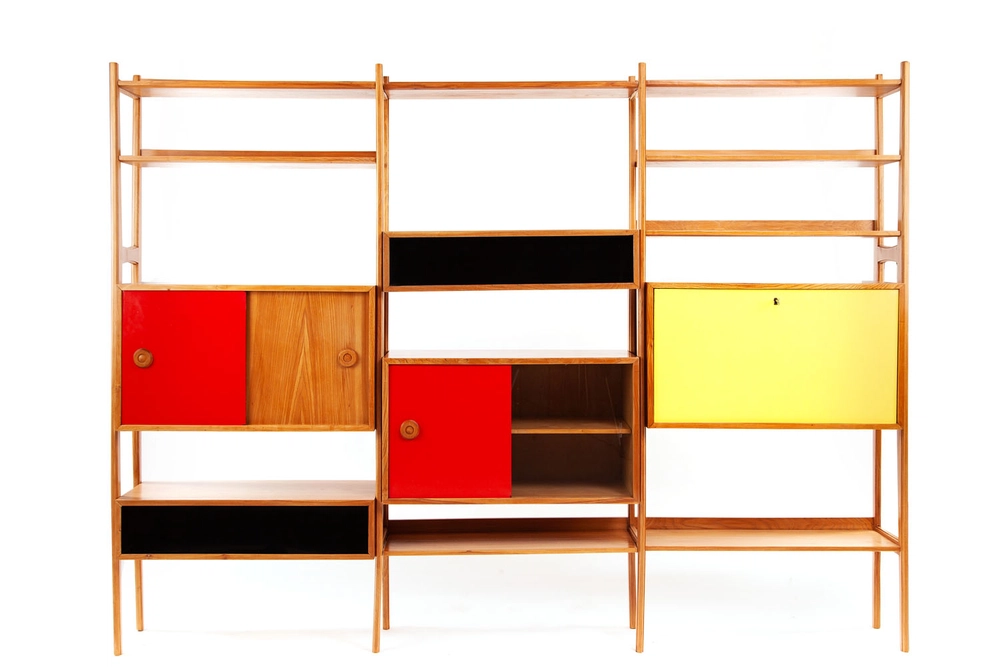
The exhibition at DESA Unicum is characterised not only by a wide range of objects made in series (figurines, services in the New Look style), but also by showing the individual capabilities of the designers. There are also true rarities, such as the magnificent “Mythological” figurine by Janusz Bersh. Of contemporary artists, it is worth mentioning Malwina Konopacka and Michal Korchowiec, whose works are also on display.
Neon art
A curiosity at the DESA Unicum design exhibition is the “SAM” neon sign, coming from one of the historical locations of the “Społem” Powszechna Spółdzielnia Spożywców grocery shops in Szczecin. It is part of an inscription that read “SAM Spożywczy” in its entirety. The origins of self-service shops date back to 1916, and the first location where customers could walk freely between shelves and select products was established in the United States. In Poland, these types of shops became popularly known as Supersams, and the first one opened in the 1960s in response to more favourable conditions for trade after 1956.
Although historically neon signs were more an element of external identification, in recent years we have seen a growing interest in them in the context of interior decoration, especially those with an industrial character. Contemporary architects are keen to include neon signs in their designs, but original illuminated advertisements from previous decades are a great rarity on the market. At DESA Unicum, we once again present neon signs with a history, which used to light up the streets of Polish cities. In addition to the ‘SAM’ neon sign, the exhibition will also feature the ‘DAMA/ADAM’ illuminated sign from the 1970s,” adds Weronika Roś.
The design exhibition at DESA Unicum reveals the beauty enchanted in seemingly ordinary objects of everyday use. It also pays tribute to artists who turned craft into art.
Curators of the exhibition: Weronika Roś, Mariusz Pendraszewski and Magdalena Krajenta
Exhibition “Design. The Struggle for Beauty’: 16-29.02
Auction: 29.02.2024, 7.00 p.m., DESA Unicum auction house, ul. Piękna 1A, Warsaw
source: DESA Unicum
Read also: Art | Warsaw | Ceramics | Furniture | Polish designers | whiteMAD on Instagram





